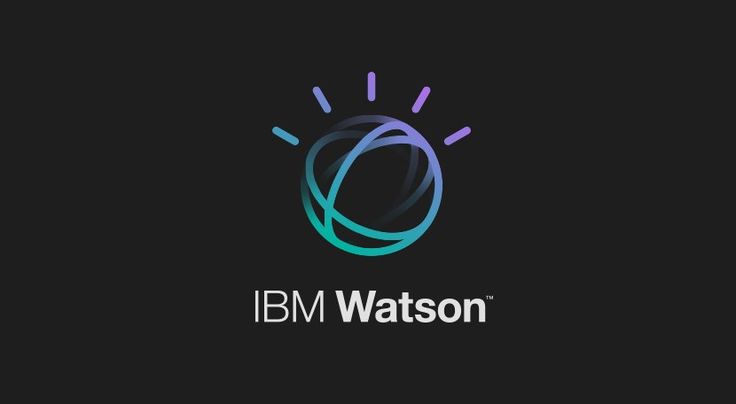Description
Introduction
Onyx is a powerful framework for building data-driven applications, particularly in the domains of machine learning and data analysis. While Onyx provides a robust foundation, optimizing performance is crucial to ensure efficient workflows and responsive applications. This guide focuses on performance tuning techniques for Onyx, enabling developers to enhance the efficiency of their data processing and machine learning workflows.
Prerequisites
To benefit from this guide, readers should have:
- A basic understanding of Onyx and its architecture.
- Familiarity with programming concepts in languages like Python or Java.
- Knowledge of data processing and machine learning principles.
- Access to a working Onyx environment for practical implementation.
Table of Contents
- Understanding Performance Metrics
1.1 Key Performance Indicators (KPIs) for Onyx
1.2 Monitoring Tools and Techniques
1.3 Analyzing Performance Bottlenecks - Optimizing Data Processing
2.1 Efficient Data Ingestion Techniques
2.2 Data Transformation and Cleaning Optimization
2.3 Utilizing Parallel Processing and Batch Processing - Model Optimization
3.1 Hyperparameter Tuning for Machine Learning Models(Ref: Onyx Workflow Management: Essentials for Developers)
3.2 Model Simplification and Pruning Techniques
3.3 Leveraging Pre-trained Models and Transfer Learning - Improving Resource Utilization
4.1 Memory Management Strategies
4.2 Efficient Use of CPU and GPU Resources
4.3 Load Balancing Across Multiple Nodes - Caching and Data Storage Strategies
5.1 Implementing Caching Mechanisms
5.2 Optimizing Data Storage Formats (e.g., Parquet, Avro)
5.3 Data Sharding and Partitioning Techniques - Enhancing Workflow Efficiency
6.1 Streamlining Task Dependencies
6.2 Asynchronous Processing and Event-Driven Architectures
6.3 Using Workflow Orchestration Tools - Testing and Benchmarking
7.1 Performance Testing Methodologies
7.2 Benchmarking Tools and Frameworks
7.3 Analyzing Test Results for Optimization Insights - Case Studies and Success Stories
8.1 Real-World Examples of Onyx Performance Tuning
8.2 Lessons Learned from Optimized Workflows
8.3 Future Trends in Onyx Performance - Conclusion
9.1 Summary of Key Performance Tuning Techniques
9.2 Continuous Monitoring and Improvement Strategies
9.3 Resources for Further Learning
Conclusion
Optimizing performance in Onyx is essential for developing efficient and scalable data-driven applications. By implementing the tuning techniques outlined in this guide, developers can significantly improve their workflows, reduce processing times, and enhance the overall user experience. As you continue to refine your applications, remember that performance tuning is an ongoing process that benefits from regular monitoring and adaptation to new challenges and technologies.







Reviews
There are no reviews yet.